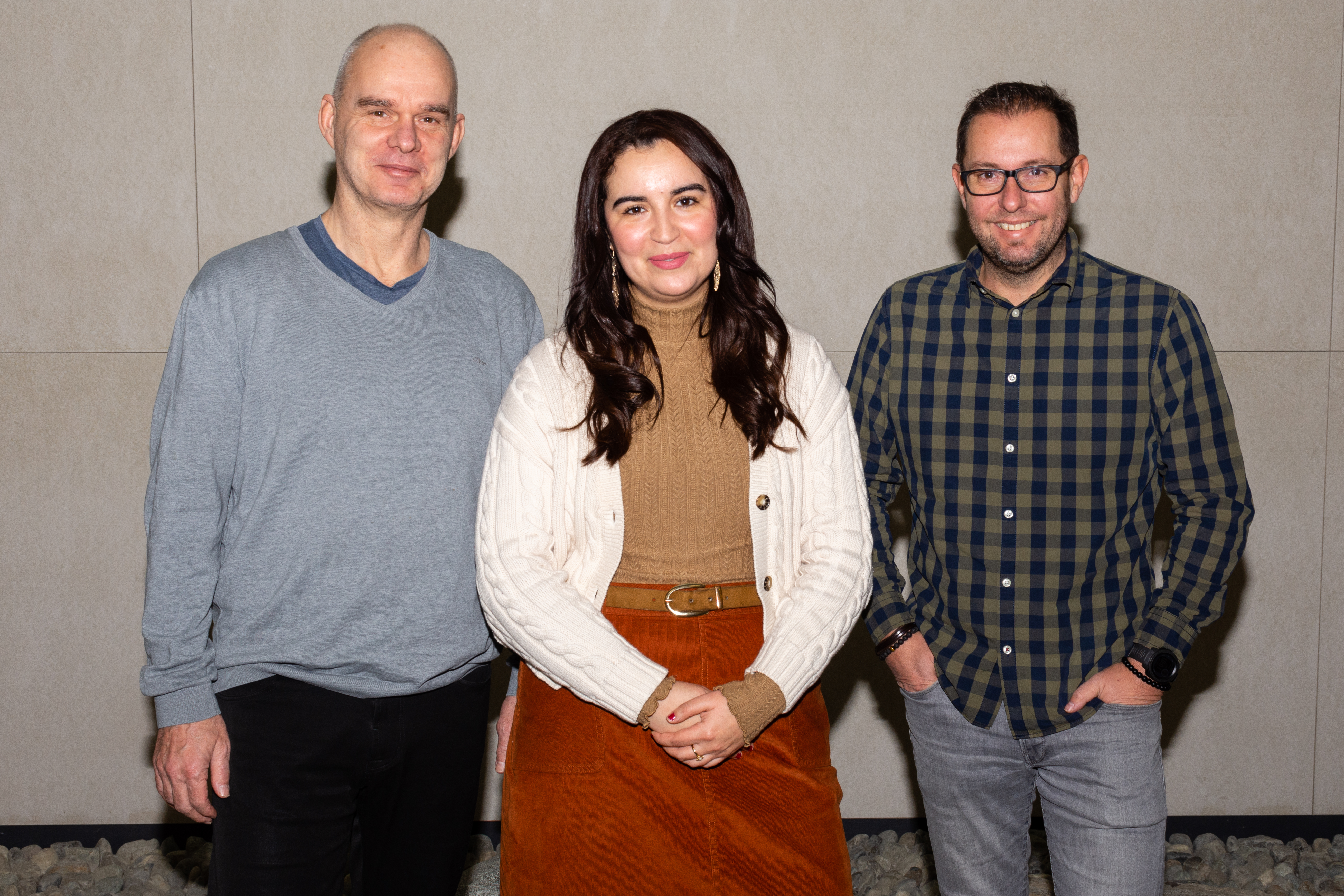Adapting to compromises – Attenuation of Omicron BA.1 in human cardiomyocytes is contrasted by efficient replication of the BA.5 subvariant
As awareness of cardiac injury and cardiomyopathies in the context of acute SARS-CoV-2 infection as well as long COVID has increased in recent months, investigating the underlying mechanisms has become a major area of interest. Research into these mechanisms is complicated by novel emerging variants of concern (VoC)s with proposed differences in pathogenicity, with initial reports claiming lower cytopathic effects of the Omicron variant compared to previous VoCs. Prompted by this, researchers from the Kirchhoff lab collaborated with the group of Prof. Dr. Just from the Institute of Molecular Cardiology to determine replication fitness as well as cytopathicity of different SARS-CoV-2 variants in human cardiomyocytes.
In a recent study published in Signal Transduction and Targeted Therapy, Rayhane Nchioua, a Ph.D. student in Prof. Frank Kirchhoff's lab, and Federica Diofano, a Postdoc in Prof. Steffen Just´s team at the University of Ulm, showed that all tested variants of SARS-CoV-2 (Early Isolate NL-02-2020, Delta, Omicron BA.1, BA.2 and BA.5) are able to infect iPSC-derived human cardiomyocytes. The latter are known for their ability to maintain spontaneous contraction or “beats.” However, the levels of viral replication differed drastically. While the Delta variant yielded the highest viral titers, the early strain NL-02-2020 released the highest amount of pro-inflammatory cytokines and Omicron BA.1 was the most attenuated.
Spurred on by these initial findings, the team utilized video recordings of live cells infected by different VoCs to reveal significant decreases of spontaneous beats per minute after infection, down to a complete stop. The group further showed that NL-02-2020 impaired spontaneous beats most rapidly and for the longest time periods, while BA.1 had only modest effects. Further investigations into Omicron subvariants BA.2 and BA.5, however, revealed a reversal of this trend. The currently dominating VoC, BA.5, replicates faster, produces more infectious virus particles, and disrupts the beating of the cardiomyocytes much more rapidly compared to BA.1, while BA.2 presented an intermediate phenotype.
One possible explanation for this phenotype was given by the groups in their manuscript: “Our results add to the evidence that efficient evasion of adaptive immune responses by BA.1 came at the cost of reduced fusogenicity [infectivity]. However, acquisition of additional changes by BA.5 restored the full replicative potential and may increase both transmissibility and virulence”.
Taken together, these findings provide further evidence for the continued adaption of SARS-CoV-2 to its human host and the need to maintain vigilance regarding cardiac injury in SARS-CoV-2 infected individuals.
Article DOI: 10.1038/s41392-022-01256-9


